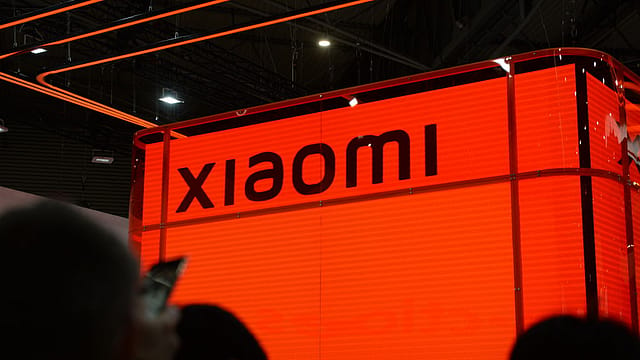Xiaomi rules smartphone market in April-June; Samsung slips to 4th
ADVERTISEMENT

Around 35 million smartphones were shipped to India in April-June, a 3% year-over-year growth, while the first half of 2022 declined by 1% YoY to 71 million units, shows the International Data Corporation’s (IDC) Worldwide Quarterly Mobile Phone Tracker data.
Chinese smartphone maker Xiaomi continued to lead the Indian market in the April-June quarter of FY23, with a total shipment volume of 7.1 million. However, it was the only company among top players that suffered a huge decline of 28% in overall shipments in the quarter, primarily due to supply constraints, especially in the sub-$200 segment.
The April-June period was the launch quarter of its Redmi 10 series, which together with Redmi 9A Sport and Redmi Note 11, accounted for 35% of its total shipments. In the 5G segment, Xiaomi dropped to the third slot which contributed 25% of its overall shipments.
Inflation and higher costs are the prime factors affecting demand. “The primary challenge in 2021 was around supply constraints, which have eased considerably. However, the market is now facing demand contraction in 2022 due to rising inflation and higher input costs, leading to higher market prices. As a result, the inventory cycles are increasing across brands and channels," said Upasana Joshi, research manager, Client Devices, IDC India.
During the April-June period, the online channel reached a share of 52%, with 5% YoY growth. This is expected to stay strong in the 2H22 (Jul-Dec) festival season. The offline channel registered flat growth of 1% after declining YoY for three consecutive quarters.
realme climbed to the second slot for a second time, with strong YoY growth of 24%, the highest among the top five vendors. It cemented its second position in the online channel with a 23% share, with affordable model offerings in the C-series, shows the IDC data.
December 2025
The annual Fortune 500 India list, the definitive compendium of corporate performance, is out. This year, the cumulative revenue of the Fortune 500 India companies has breached $2 trillion for the first time. Plus, find out which are the Best B-schools in India.
vivo climbed to the third slot, growing by 17% YoY. It continued to lead the offline channel, with a 24% share. vivo was the second largest 5G smartphone player in the Indian market, with 33% of its smartphones as 5G. Expansion in the online channel through its T-series and new launches in the sub-brand iQOO led to a surge in its online share.
Samsung, however, dropped to the fourth slot, registering a weak 2Q22 with a growth of 3% YoY. Despite a refreshed portfolio, demand remained low, while the average selling price climbed to $250, which was the highest amongst the top five vendors. Samsung, however, continued to lead in the 5G segment with 46% of its shipments as 5G smartphones.
In the fifth slot was OPPO, which witnessed a meagre growth of 2%. It focused on the mid-premium segment, with the launch of the F21 Pro and expanded in the online channel with the K-series. However, the supply constraints persisted in the affordable segment.
Besides, 11 million 5G smartphones were shipped with an ASP of $377. Around 51 million 5G smartphones have shipped from 2020 to 1H22, and they are expected to cross 50% market share by 2023, shows the IDC data.
